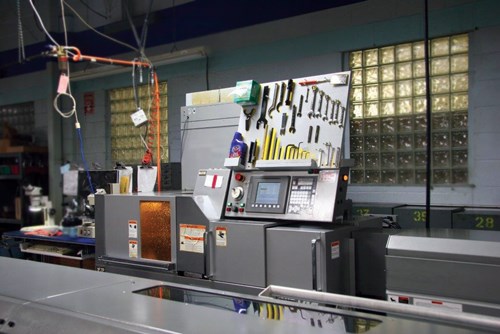Continuous Improvement: Shadow Boards
Avoiding the tools you don't need is as much of a problem as being unable to find the tools that are needed.
The lean gurus talk about standardizing and setting in place, but who has time to do that?
However, on a particularly troubling setup, I watched my guys wasting a lot of time looking for needed tools on and around their machines, across the shop on another machine and over in another area in their toolboxes. There had to be a better way.
That better way wasn’t going to be dictated from the top down, either. If it was going to work, it had to have the buy in of my team. With their input, we decided what size boards to make, how to attach them, what color to paint them to best highlight the tools. The most important decision was which tools to include on the shadow board and which ones to leave off.
Which ones to leave off is really important, as the wasted motion, effort and time avoiding the tools you don’t need is as much of a problem as being unable to find the tools that are needed.
Now that the project has been completed, our entire team is pleased with the results. Setups are going a little smoother, there is much less wasted time searching for needed tools and everyone is showing a little more pride and professionalism in their tidy new professional work area.
The benefits of this project were not just financial and measured in saved time. My team is now confident that in this area they exemplify best practice. And when the customers come to visit, it gives them confidence that our professional shop can handle their jobs. Just by taking a look around, what does your work area say about you? In my shop, it says that our machinists are professionals and that they have their craft figured out and well in control. That’s a great payoff for a little bit of time spent with the team to make things better.
— Precision Machined Products Association
















.jpg;maxWidth=300;quality=90)
